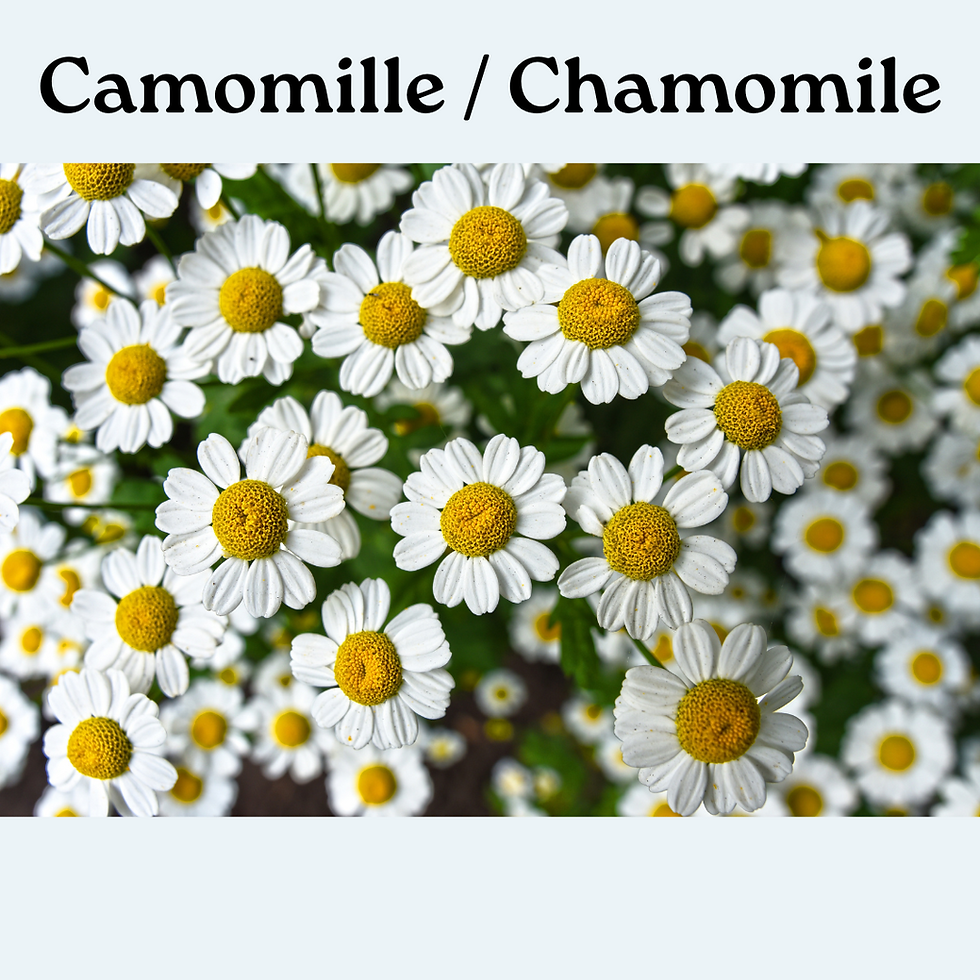When do I punish my dog?
- Ingrid Mulson
- Jun 19, 2024
- 2 min read
It is important to tell apart the punishment as commonly heard from the one as a behavioral point of view.
According to the dictionary, to punish = « to subject to a penalty for an offense ». The punishment is then given as a consequence.
As for the behavioral point of view, the punishment diminishes the possibility for a behavior to appear.
Even if they seem to aim at the same thing, we can see it implies more than a penalty from the behavioral point of view.

In behavior, we distinguish two kinds of punishment :
the positive one, which adds an element as a consequence in order to motivate not to reiterate it,
and the negative one, which removes an element as a consequence in order to motivate not to reiterate it.
It is not a matter of considering the elements qualitatively, even if the learner perceives them unpleasant.
For instance, if Doggy is jumping on me :
- positive punishment = I add my arm so that he can jump and push him away
- negative punishment = I step back while he is jumping (therefore I remove myself).
The limits to punishing
If it is applied as commonly perceived, the risk is that if Doggy reiterates his undesirable behavior, there has been no punishment. Potentially, you discharged a negative emotion, that's it.
Does not teach what to do. Indeed, if I spend my time punishing the behavior of jumping and if Doggy loves doing so, he does not learned I can be glad if he comes to me with his four paws on the floor.
I s contextual. If your puppy is punished because he pooped on the carpet, assuming your timing is perfectly adapted, he learns that pooping on the carpet is not amongst the behavior you accept. If your timing is not exact, he learns that any poop on the carpet gets you on your nerves.
Has effect on the behavior only, not on his motivations. If your dog is pulling on the leash, and you want to teach him to walk in a relaxed way, without analyzing his motivations (get closer faster to friends, running away from a scary noise...), he is likely either to do it again, or to have another behavior show up (which can be as undesirable).
The learner determines what is punishing. If you push Doggy for jumping on you, but he consider it a game, you just reinforced that behavior, and did not punish it. If you pet Doggy for reinforcing a behavior you like, while he does not like being touched, you just motivated him not to reiterate the behavior, therefore you punished it.
Before punishing a behavior, I advise you :
see if this one is not intrinsic to your dog (for instance, a terrier who tends to dig in the garden)
check whether Doggy feels no pain or physical discomfort that would give an explanation to the behavior
make sure his primary needs are satisfied (eating, drinking, sleeping, feeling safe)
ponder whether you would not spare time, energy, and relational credit, by teaching him straight what you desire.







Comments